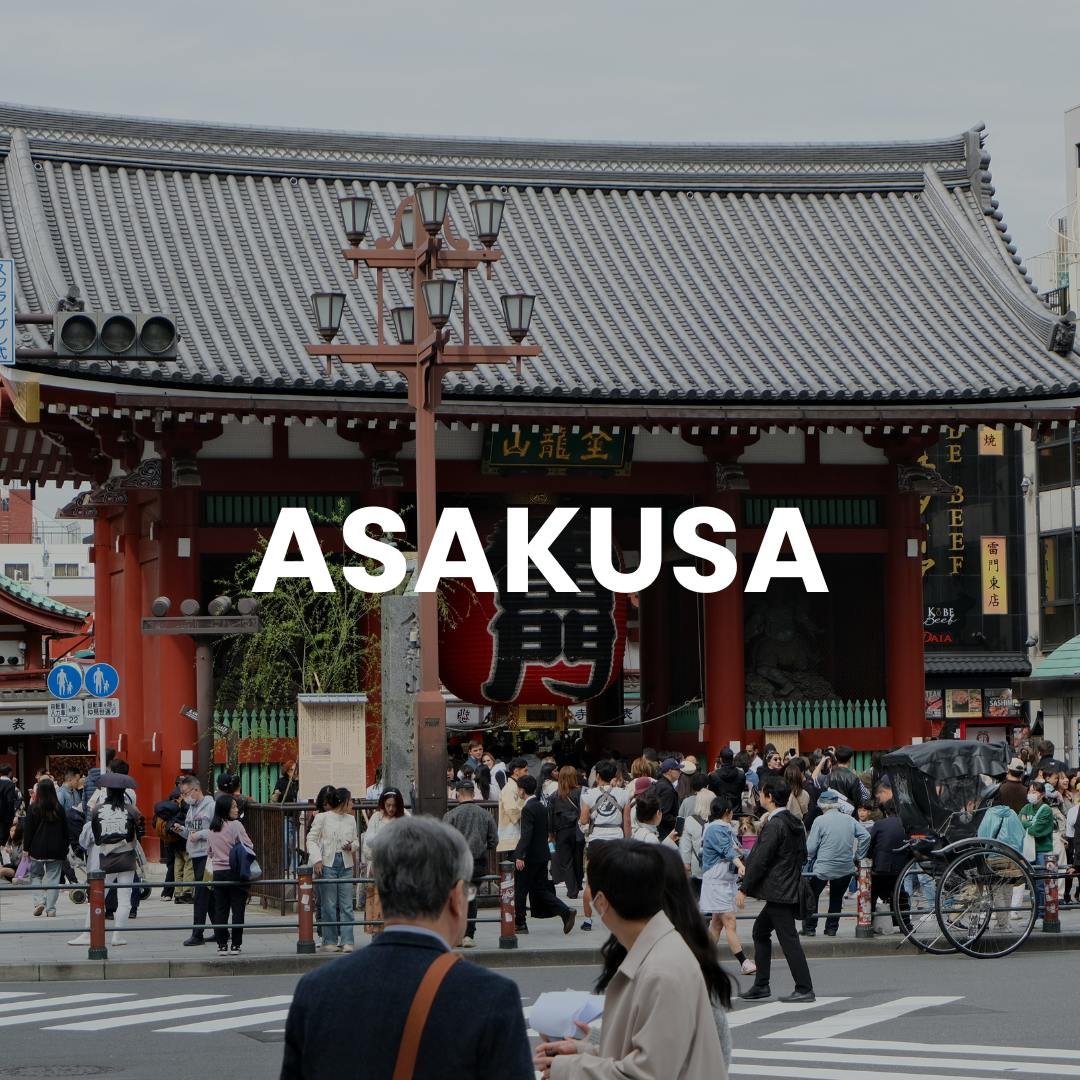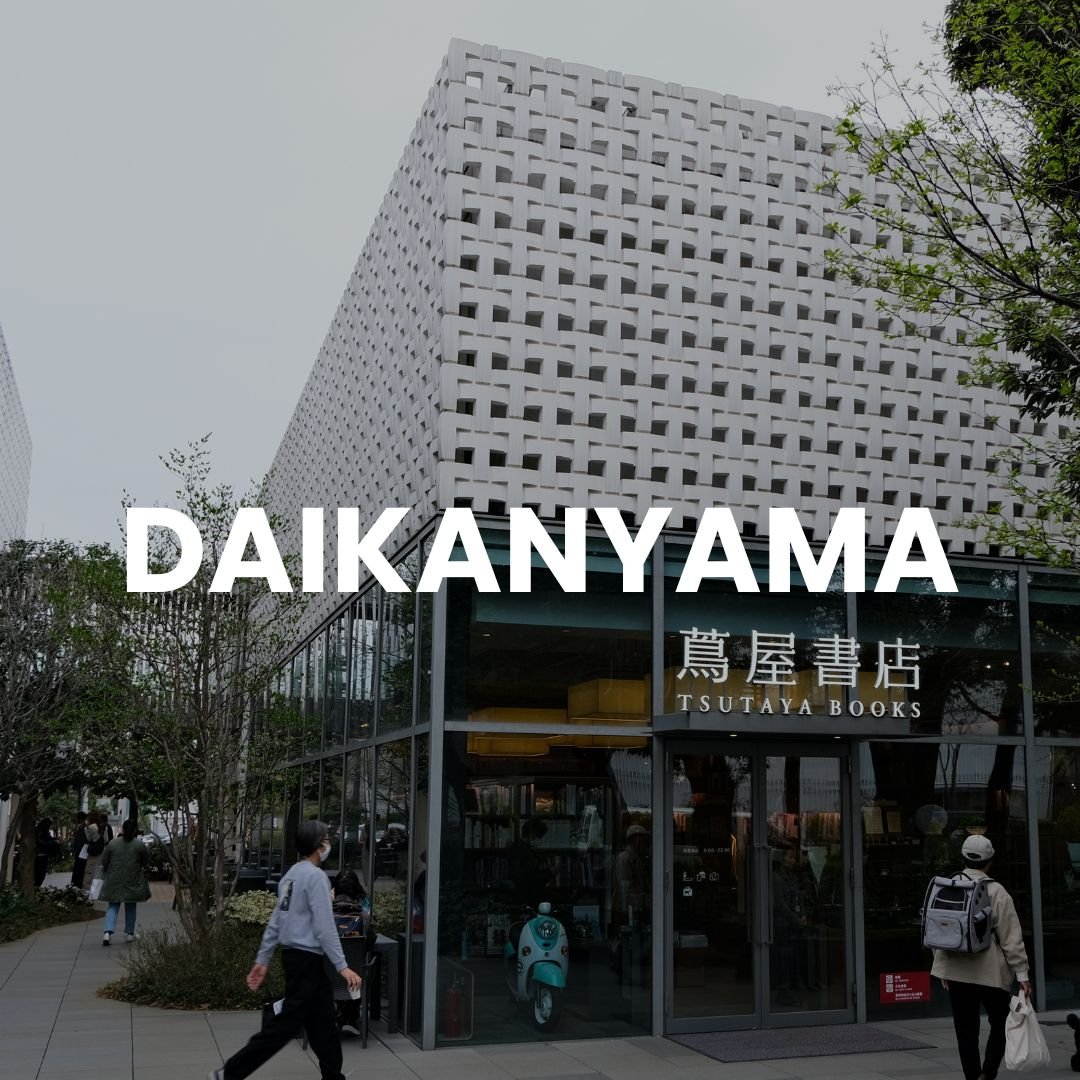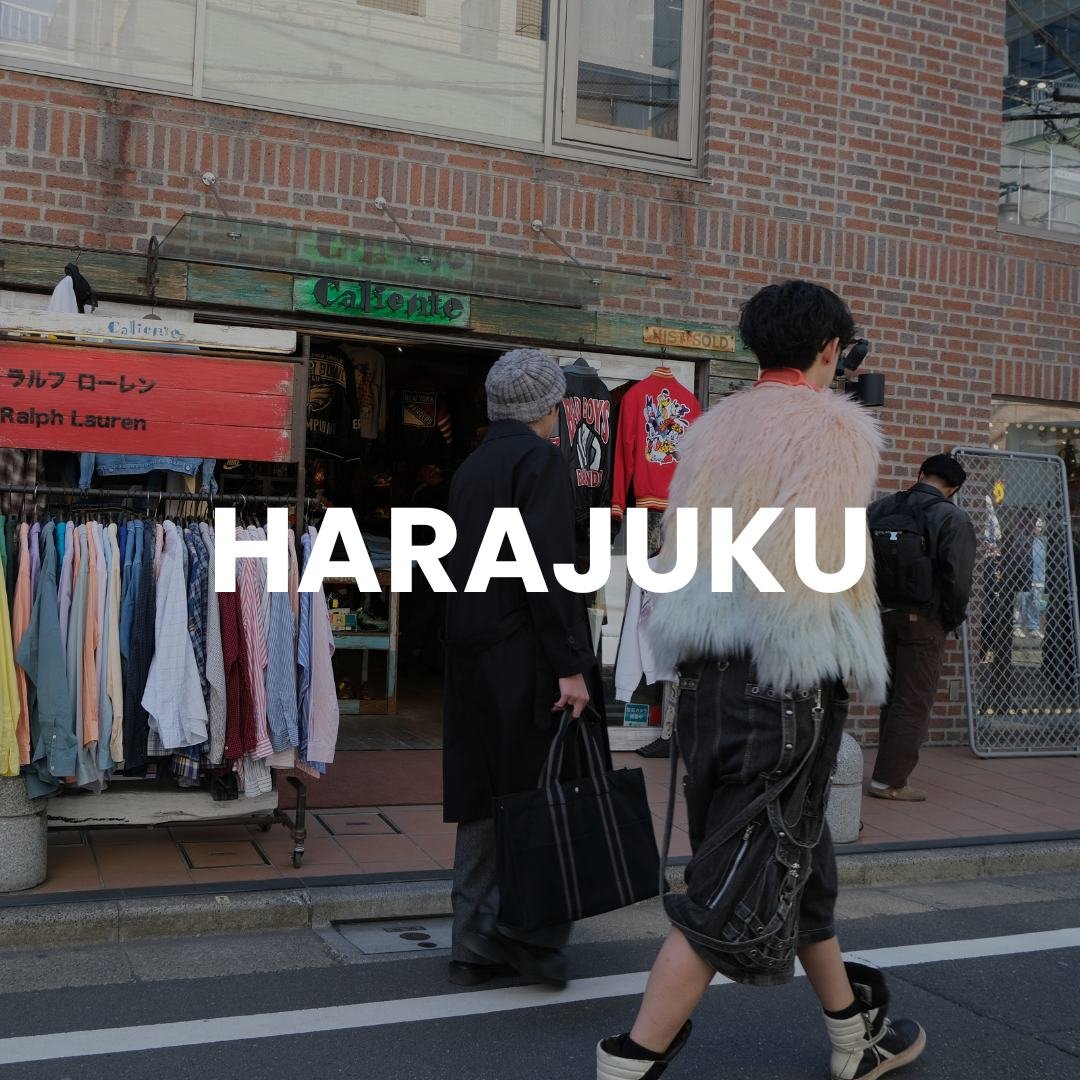Asakusa Guide - Tokyo's Historic Gem
Kaminarimon Asakusa
Nestled in the heart of Tokyo's traditional downtown area lies Asakusa, a district brimming with rich history, cultural landmarks, and vibrant streets. From its iconic Senso Ji Temple to the lively Nakamise Shopping Street, Asakusa offers visitors a glimpse into Japan's past while embracing modernity in its own unique way.
We take you through the area’s hidden gaps and explore all you need to know for a great day at one of Tokyo’s most beautiful districts.
In this Asakusa Guide
Senso Ji Temple: The Heart of Asakusa
Sumida Park
The Shopping Streets of Asakusa
The Coffee
The Food
Beyond the Culture of Asakusa
How to get to Asakusa
Senso Ji Temple: The Heart of Asakusa
At the heart of Asakusa stands Senso ji Temple, also called Asakusa Kannon, a symbol of Tokyo's spiritual heritage. The Asakusa Senso Ji shrine dates back over 1,400 years, as an ancient temple dedicated to Kannon, the Buddhist goddess of mercy. Legend has it that the temple's origins trace back to a miraculous discovery by two brothers who found a statue of Kannon while fishing in the nearby Sumida River. This divine encounter led to the establishment of Senso ji Temple and the flourishing of Buddhism in the region.
As visitors approach Senso Ji at Asakusa, they are greeted by the imposing Kaminarimon, or Thunder Gate, adorned with a colossal red lantern and guarded by statues of Shinto deities. Passing through the gate, travelers embark on a journey along Asakusa’s Nakamise Shopping Street, or Nakamise Dori, a thoroughfare lined with traditional stalls offering an array of souvenirs, snacks, and handicrafts. During Sakura season, the whole street is decorated with fake sakura branches. Prepare for crowds, strolling through the tight shopping street at a slow pace.
Beyond Nakamise, the temple grounds of the Asakusa shrine unfold, revealing the pagoda, gardens, and sacred halls of Senso ji.
Senso Ji Temple Asakusa
Sumida Park
Before we dive into the alleys and back streets of Asakusa, exploring its off-the-beaten-path experiences, we head over to Sumida Park. Heading towards Sumida, it’s impossible to ignore the black building with the golden drop, often referred to as the “poo-building”. This collection of peculiar buildings make up the headquarters of the Asahi group. The golden attribute was designed by Philippe Starck and represents the Asahi Flame, also known as Flamme d'Or. A little to the left you can spot the Tokyo Skytree in all its glory.
Asahi Headquarters building Asakusa
Although it offers a unique view, we’re actually here to be immersed in the serene green space nestled along the Sumida River, Sumida Park. While the park itself can be crowded at times, certainly during Sakura season, it functions as a tranquil retreat from the urban Nakamise shopping street. You can stroll along pathways by the riverside while taking in panoramic views of the city skyline.
Sumida Park Asakusa
The Shopping Streets of Asakusa
Once you make your way through the Senso Ji Temple grounds, you find yourself in a maze of alleyways and shopping streets unique to Asakusa. From the crowed Asakusa Nishi-Sano shopping street all the way to the more hidden Sushiya street, let’s have a look at the shopping alleys that contribute to Asakusa’s unique atmosphere.
Asakusa Nishi-sando Shopping Street
Likely the first shopping street you will encounter coming from Senso Ji Temple, is Nishi-Sando. Make your way through a tunnel decorated with nobori flags, filled with little food and souvenir shops. This as well is pretty touristy, we’re still scratching the surface of what Asakusa has to offer.
Asakusa Nishi-sando Shopping Street
Hanayashiki street
On the short but traditional Hanayashiki shopping street, decorated with red lanterns, you can find a variety of small shops. Most of the shops offer local sweet specialties.
Hanayashiki street Asakusa
Okuyama Omairimachi street
A traditional shopping street, one of the more popular ones in Asakusa. Okuyama Omairimachi may take the prize for the most aesthetically pleasing shopping street in the area, as both sides of the street are decorated with nobori flags and traditionals shops. A great place for a stroll.
Okuyama Omairimachi street
Hisago street
Number four on the Asakusa shopping street list is Hisago street. Here you find more casual shops for clothing, groceries, a Family Mart, and some local eateries.
Hisago shopping street Asakusa
Sushiya street
Lastly we have Sushiya street. This is the least touristy shopping street of Asakusa where you can find a variety of eateries offering japanese dishes from Yakiniku to Tempura.
Sushiya Shopping street Asakusa
The Coffee of Asakusa
By now you know coffee is all over the place in Tokyo. Asakusa has a great selection of coffee places that you will stumble upon while exploring. Here are two of our favourite places for specialty coffee in the district, Sukemasa Coffee and Fuglen.
Sukemasa Coffee
In the alleys behind Senso Ji hides a cozy little coffee shop called Sukemasa. If you’d like to be served in ceremonial dress while enjoying an aromatic dark roast coffee, this is the place to be. Seating is pretty limited inside, and there’s a seating limit of 45 minutes.
Sukemasa Coffee Asakusa
Fuglen Coffee
As a fixed value with various Tokyo locations, Fuglen is the perfect place to refuel. The vintage coffee bar from Oslo is renowned for its Nordic roast and cozy atmosphere inspired by Scandinavian design. Fuglen is a true hotspot in Asakusa so expect to stand in line for a couple of minutes to get your paper cup of hand drip.
Fuglen Coffee Asakusa
The Food of Asakusa
While Nakamise Shopping Street is filled with treats and traditional snacks, venturing off the beaten path reveals food options rich in authenticity. Hidden izakayas and hole-in-the-wall eateries rule the streets of Asakusa, inviting you to savor the true taste of Japanese cuisine. As always we encourage you to discover the best places on your own, but here are some recommendations to get you started.
Mokichi
The number one Monjayaki restaurant in Asakusa. Mokichi is located only 2 minutes from Senso Ji temple and offers the area’s best pan-fried batter, aka Monjayaki. For the first-timers, Monjayaki may not have the most appetizing look to it but dear lord is it delicious. The place also makes fantastic Okonomiyaki.
Mokichi Asakusa
Tempura Akimitsu
Across the street from Mokichi, you find a delicious Tempura place called Tempura Akimitsu. Characterized by a lighter and less sweet flavor compared to traditional Asakusa tempura which often uses heavier tasting sesame oil, Akimitsu is a unique and creative tempura spot in the area.
Akimitsu Asakusa
Daruma
One of Asakusa’s smallest but most traditional food places is Daruma, a small Izakaya serving Japanese treats like Yakitori. On a good day you might encounter a couple of outdoor seats, but mostly spots are limited to the small counter of Daruma.
Daruma izakaya Asakusa
Gurume Takoyaki Asakusa
A small takoyaki shop ran by an Osaka-born owner. Besides the creamy and soft takoyaki, Gurume Asakusa also offers other dishes like yakisoba, stir-fried seafood, and a variety of snacks. Who said you need to go to Osaka for an unforgettable takoyaki experience? Gurume Asakusa is a must-go for any takoyaki lover who is looking for an authentic experience in Tokyo.
Gurume Takoyaki Asakusa
Beyond the Culture of Asakusa
Asakusa's culture creates a blend of old and new. From the retro charm of Hanayashiki Asakusa Amusement Park to the modern elegance of the Asakusa Culture Tourist Information Center, and Tokyo’s most unique Don Quijote, the district offers something for every traveler.
Hanayashiki
Asakusa holds more than food and temples. Discover the retro charm of Hanayashiki Asakusa, Japan's oldest amusement park where you can experience vintage rides and attractions in the midst of the city.
Hanayashiki amusement park Asakusa, courtesy of Hanayashiki
Asakusa Don Quijote
As much as Don Quijote is a mascot of Japan’s love for overstimulating shopping experiences, none is as iconic as the Asakusa Don Quijote on Rokku Broadway. Impressive broadway lights decorate the entrance while the name “Don Quijote” is written in red classic cursive on both sides of the building. If there’s one donki you can’t miss while visiting Tokyo, it’s this one.
Don Quijote Asakusa
Asakusa's charm lies not only in its iconic landmarks and lively streets but also in its hidden corners and lesser-known treasures. By venturing off the beaten path and exploring the district's alleys, you’ll be guaranteed to stumble upon traditional gems we didn’t even cover in this article.
For more classic info on Asakusa, you can visit the Asakusa information center, where you can find info about kimono rental in Asakusa, its museums, and more.
How to get to Asakusa
Asakusa Station is serviced by the Tokyo Metro Ginza Line and Toei Asakusa Line.
From Shinjuku Station:
JR Chuo Line to Kanda Station
Transfer to Tokyo Metro Ginza Line
From Tokyo Station
JR Yamanote Line to Kanda Station
Transfer to Tokyo Metro Ginza Line






















